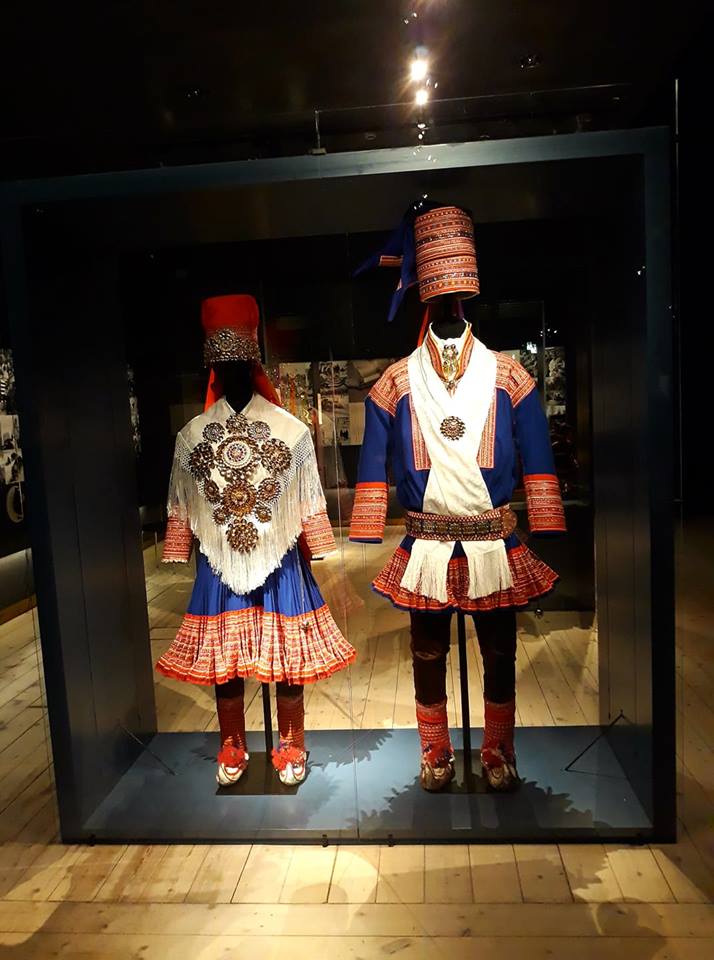A brief history of the use of Sámi cultures in Finnish tourism business
Text: Monika Lüthje
Due to the Finnish school system curricula and government strategies, which aimed at incorporating minorities into mainstream cultural majority, as well as the modernisation of the North, Sámi identities became weaker during the decades after the Second World War. During this period, Sámi assimilation to Finnish culture and society accelerated more and more. At the same time, increasing numbers of tourists travelled to Lapland. They were expecting to see Sámi during their visit the same ways as the Sámi were portrayed in the travel brochures. On spot the Sámi and their cultures were, however, not visible ‘enough’ to the tourists.
In order to satisfy the tourists coming to Lapland, the Finnish tourism industry started selling its own versions of Sámi cultures. These versions appeared in advertising, they were sold in the form of Lapland souvenirs, and Finnish tourism entrepreneurs and workers dressed in Sámi costumes impersonating Sámi. The same continues even today.

The Sámi costumes are the most visible sign of somebody being a Sámi. For the Sámi, they are an important expression of their cultural identity – for the tourists, a colourful, exotic attraction. Here the costumes are on display in a museum, with nobody inside them. Some tourists seem to treat the Sámi wearing their costumes in the same way as they do with these empty costumes: as objects that can be gazed at and photographed freely.
Many Sámi have criticised the touristic versions of their cultures created by the tourism business. For decades, the tourism industry has given a false image of them, a picture of a primitive, exotic and mystic tribe with which they do not want to associate. Moreover, the tourism industry has benefitted economically from this distorted image for a long time.
The Sámi Parliament aims at Sámi tourism that is managed and owned by the Sámi and based on real Sámi people and cultures. Today, more and more Sámi are working with tourism and running their own tourism businesses. Sámi identities are stronger. However, non-Sámi tourism companies are still selling the tourists their distorted versions of Sámi cultures.
It is in this context that we have planned the ARCTISEN project, knowing that Indigenous peoples face similar problems with tourism also elsewhere. We want to contribute in changing this situation by creating tourism that is in harmony with the local cultures and with the desires and wishes of the local people. You are welcome to follow us!
Sources:
Lüthje, Monika (1998). The impacts of tourism on Saami domicile area from the point of view of carrying capacity and Saami culture of the area. In Seppo Aho, Heli Ilola & Jari Järviluoma (eds.), Dynamic aspects in tourism development. Proceedings of the 5th Nordic Symposium on Tourism Research. Volume 1 (pp. 31–46). Lapin yliopiston matkailun julkaisuja. B. Tutkimusraportteja ja selvityksiä 3. Rovaniemi: University of Lapland.
Saamelaiskäräjät [Sámi Parliament] (2018). Vastuullisen ja eettisesti kestävän saamelaismatkailun toimintaperiaatteet. [Principles of responsible and ethically sustainable Sámi tourism.] Retrived February 27, 2019 from here.
